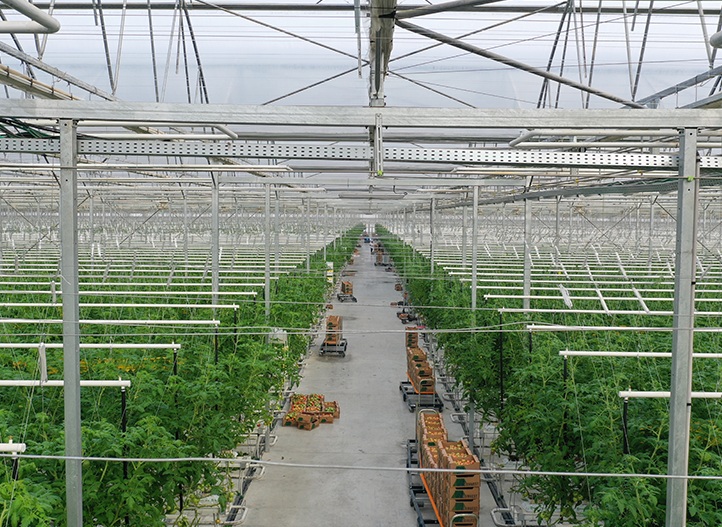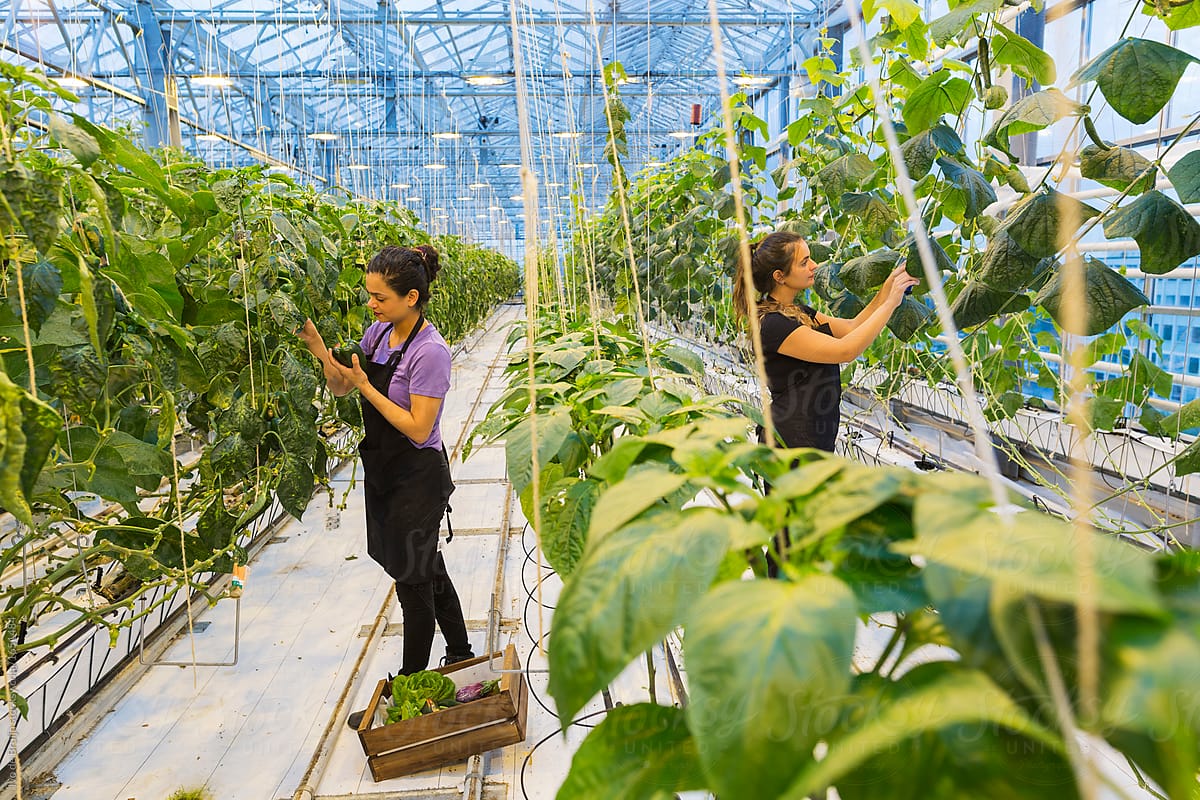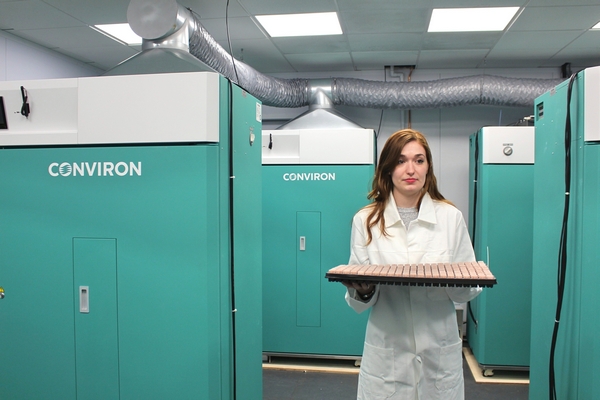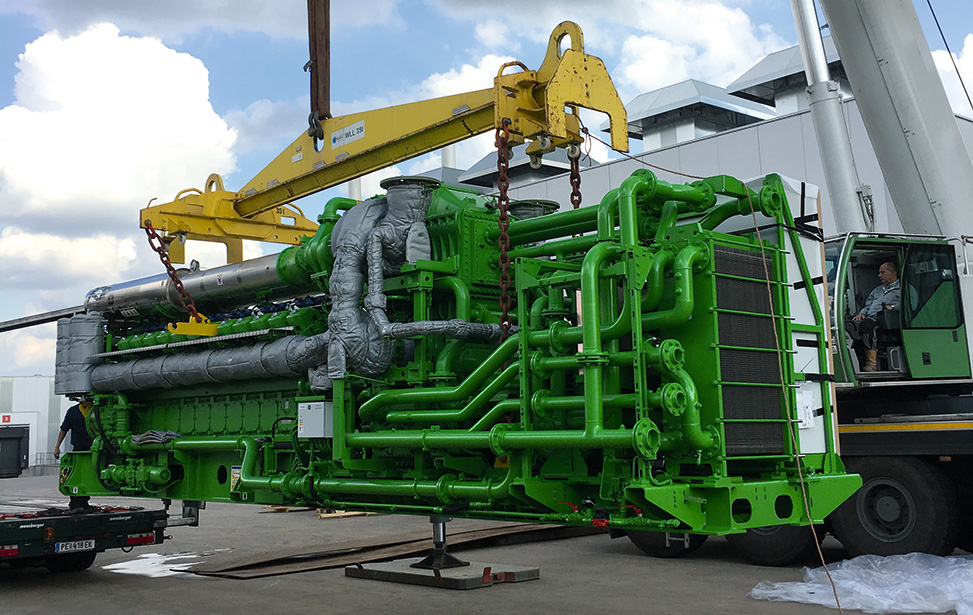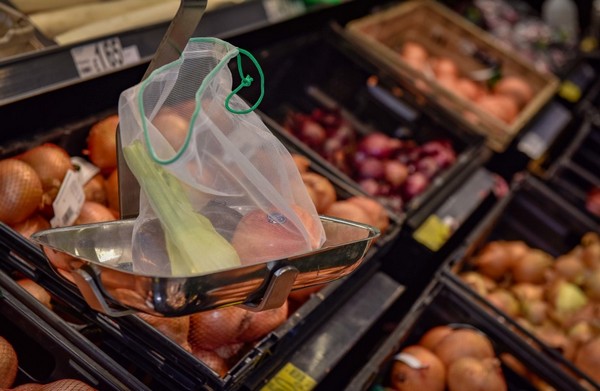Growing food at high temperatures with little water is very common for Israeli growers.
“That’s why growers worldwide can use their solutions to adapt to warmer weather conditions,” David Silverman, advisor to Israel’s Ministry of Agriculture, recently told a webinar last week where Israeli companies showcased their greenhouse technologies.
“Despite its small size, Israel has a dense amount of agricultural and horticultural research institutions. With our diverse topography and climatic zones, we manage to maintain intensive cultivation in the desert.”

According to David, the solution should be threefold: genetics, developing resistant varieties, migration, choosing the right zone to grow certain crops, and implementing technology. Gaining knowledge about these Israeli technologies and cultivation solutions was the aim of the webinar Greenhouse Technologies organized by the Foreign Trade Admission of Israel in the Netherlands. During the webinar, Israeli companies presented their solutions for growing in harsh climates.
Ziv Shaked from DryGair presented their solution for reducing humidity in greenhouses. Because pathogens and fungi thrive in moist air, it is important to lower the humidity. In addition, humidity and energy go hand in hand.
The DryGair solution absorbs water from the air, which is condensed inside the machine. This ensures air circulation in the greenhouse, where the air is also cooled and a homogeneous climate is created.
In the Netherlands, DryGair works together with Royal Brinkman to provide growers with this solution. The water collected in the machine can later be used for irrigation.
Itamar Ziseling of MetoMotion discussed global labor shortages in the horticultural sector. To counter this shortage, the company has developed a system to reduce labor costs. The Greenhouse Robotic Worker (GRoW) is a self-contained device with two robotic arms, a 3D vision system and a camera system with which the crops can be monitored. The robotic arms collect the harvested products, place them on a treadmill, after which they are packed and transported.
Thanks to the camera, GRoW can also harvest at night. “The financial value of GRoW is enormous, and the payback time is less than 2 years, while saving 80% of labor, allowing growers to focus on their product rather than the reliance on labor,” concluded Itamar.
Tal Maor of Viridix noted that it is difficult to figure out what crops actually need. Therefore, they have developed a tool for the analysis of collected data using an artificial root.
“With the right tools, growers can control irrigation in a simple and effective way,” Tal said. The artificial root based on solar energy can remain in the ground for years and can be used both in the open ground and in greenhouses. “All relevant data can be found on one platform, for every crop type and irrigation system. The results are difficult for every grower to interpret. That is why we can link the system to an irrigation control system, creating an autonomous irrigation solution without the hardware in the greenhouse needs to be replaced.”

Israel is known for their drip irrigation systems. However, Erez Gold from Thermo Siv presented an innovative green heating solution, which can also be called the heating equivalent of the drip irrigation. Their product is a coated yarn that can be heated and provides accurate heating close to the crop. The material can be used for heating the roots or for vertical placement next to the plants. It is interesting to see that this material is also used in the automotive sector. There are many advantages to cooperation between sectors.
Lior Hessels of GrowPonics discussed an entirely different problem: although substrate growers prefer to use organic fertilizers, this is often not enough for their crops, according to the producer who makes smart use of bacteria.
The company has started imitating the production process of chemical fertilizers, but in a natural way. Bacteria are used to absorb nitrogen from the air and convert it into ammonia, since plants cannot absorb the nitrogen from the air.
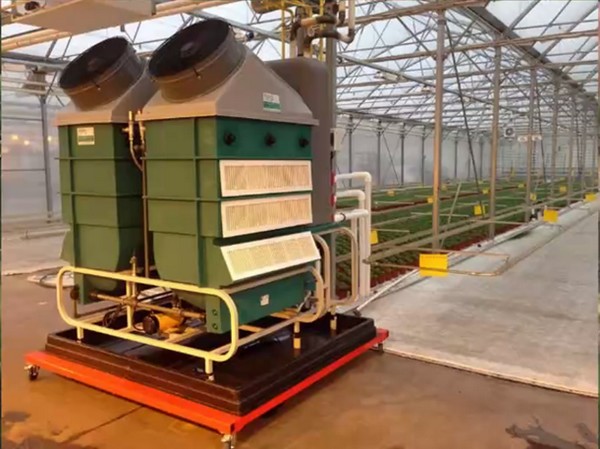
Hagai Palevsky of Agam Greenhouse Energy Systems highlighted the dangers of excess humidity in greenhouses, which causes the spread of mold, mildew and other pathogens. The Ventilated Latent Heat Converter absorbs the air via a salt solution and then filters it. In this way the greenhouse can be closed and energy is saved. Also, the temperature is regulated if necessary. This can both replace and supplement the existing air conditioning systems in the greenhouse.
Finally, Eytan Heller of Arugga AI Farming spoke about labor shortages as a major problem in horticulture. That is why Arugga has developed an autonomous soil robot for the treatment and monitoring of every plant in the greenhouse. They focused first on tomatoes and in particular on pollination. The robot is based on AI and imitates pollination. Extensions of the robot allow for non-contact pruning, detecting diseases and predicting yield. Because the business model is based on leasing, the robot is more affordable for growers.

